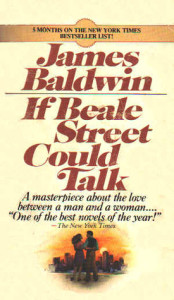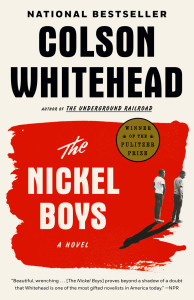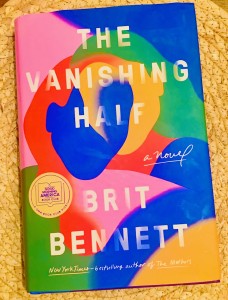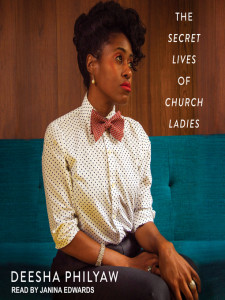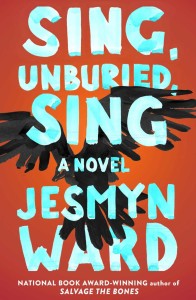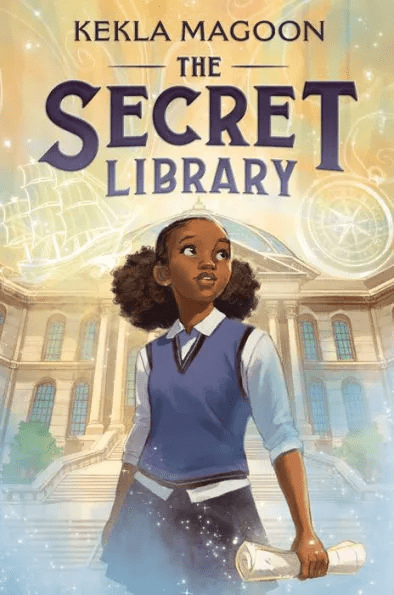
I like to read a mix of books, so this week’s review is of a middle-grade book. As the story opens, eleven-year-old Delilah “Dally” Peteharrington has lost her beloved grandfather, whose son—her father—died some years earlier. As a result, her mother is left to manage the family’s extremely wealthy businesses. Already uptight and business-oriented, she rises to the challenge, but is determined that Dally will be trained to take over. That means tutoring in business after school, and no time for other, more interesting activities.
Dally, however, takes after her father and grandfather: two adventurers who wanted to get out and explore what life has to offer. The mysterious letter that comes to her from her grandfather leads her to the Secret Library, which is not in itself secret but rather a repository of secrets. She eludes her mother’s control to delve into her family’s past and learn the secrets hidden there.
As is Octavia Butler’s Kindred, she is actually transported into the past, resulting in wonderful adventures but also creating some problems for the author. Dally is biracial—her father Black and her mother White—so she encounters the explicit racism that up to now she’s only heard about.
Pirate ships, the Underground Railroad, Jim Crow, slavery: there’s a lot here, brought to life through her adventures. The author goes further, having her encounter same-sex relationships, trans persons, Black persons passing as White, etc. While I enjoyed the story, and in most cases felt like it was a good introduction for 8-12 year-olds to some of this history, it began to seem like a lot.
Worse, as the story went on, my credulity was strained to the breaking point. For example, I had trouble believing Dally’s mother could be so entirely cold and controlling: the worst sort of businessperson stereotype. At times, the characters perform physically impossible feats. And, unlike in Kindred, there are no consequences when Dally acts like a modern person of color around White people in pre-Civil Rights eras. There are many more examples, but I don’t want to include too many spoilers.
I love the idea of a magical library. I enjoy stories about uncovering family secrets. I even like young people wanting adventures and experiences, though I’m not fond of the anti-education slant here. I respect and admire the challenge this author has set themselves: creating a coming-of-age story mixed with fantasy and historical fiction that is based on themes of identity, racism, LGBTQ+, friendship, inheritance, and family.
I found the story engrossing, and even stayed up late to finish it. It would be fine for a twelve-year-old, but any younger than that I think I’d want to read it with the child and be ready to do a lot of explaining.
Have you read a story about a magical library?

